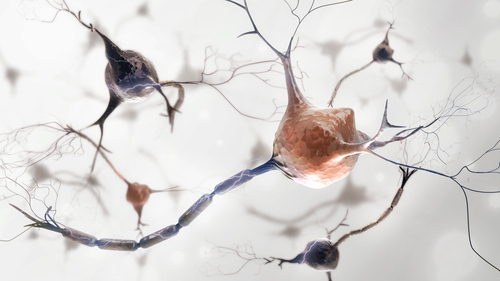Activated Immune T-Cells Infiltrate the Brain and Promote Neurodegeneration in Primate Models of Parkinson’s

Activated immune T-cells can infiltrate the brain and promote neurodegeneration in non-human primate models of Parkinson’s during the chronic stages of the disease, a study has found.
Results of the study, “Chronic infiltration of T lymphocytes into the brain in a non-human primate model of Parkinson’s disease,” were published in the journal Neuroscience.
Parkinson’s disease is a neurodegenerative disorder characterized by the gradual loss of dopaminergic neurons in the substantia nigra — a region of the brain responsible for movement control — together with brain inflammation.
Recent studies have suggested that activated T-cells, which are immune cells that are responsible for destroying other cells or microbes seen as a threat by the immune system, also can play a key role in Parkinson’s neurodegeneration.
Studies in non-human primate models of induced-Parkinson’s have reported the infiltration of these activated T-cells in the brain’s substantia nigra a month after treatment with MPTP during the acute phase of the disease. (MPTP is a neurotoxin that induces brain inflammation and often is used to trigger the onset of Parkinson’s in different animal models.)
“[H]owever, T lymphocyte infiltration into the brain during the chronic phase after MPTP injection in NHP [non-human primate] models remains unclear. We believe that a better understanding of this phenomenon will help identify the neuropathological mechanisms underlying PD [Parkinson’s disease] in humans,” the researchers wrote.
In mice models of the disease, the chemokine RANTES also has been associated with the infiltration of activated T-cells into the brain and with the development of Parkinson’s. (Chemokines are small molecules that mediate and regulate immune and inflammatory responses.)
A team of Korean researchers investigated the mechanisms underlying the infiltration of activated T-cells during the chronic stage of the disease in non-human primate models of induced-Parkinson’s.
In addition to evaluating the infiltration of T-cells in the brain 48 weeks after animals received an injection of MPTP, investigators also assessed changes in the levels of RANTES in the animals’ blood, and assessed microglia activation. (Microglia activation refers to the process by which microglia — nerve cells that support and protect neurons — become overactive, triggering brain inflammation.)
A total of five animals were injected with MPTP and three received a saline injection (controls).
Compared to saline-treated animals, those treated with MPTP showed signs of local chronic infiltration of activated T-cells in different regions of the brain’s striatum — a brain region responsible for controlling body movements — and substantia nigra.
Moreover, in animals treated with MPTP, this was accompanied by the loss of dopaminergic neurons, abnormal microglia morphology, and chronic normalization of the levels of RANTES in the blood 24–48 weeks post-injection, indicative of inflammation.
“This study confirms the involvement of [T-cell] infiltration in MPTP-induced NHP [non-human primates] models of PD. Further, these findings reinforce those of previous studies that identified the mechanisms involved in [T-cell]-induced neurodegeneration,” the researchers wrote.
“The findings of chronic infiltration of T lymphocytes in our NHP model of PD provide novel insights into PD pathogenesis and the development of preventive and therapeutic agents,” they stated.






